Medium of Exchange
As society’s structure and organization became more complex over time, the need for an evolving monetary system arose from the limitations of barter. Barter is not suitable as a means to exchange goods and services in an economic system larger than a tribe or family; barter was unsuitable for expanding societies that needed a more efficient method to exchange goods and services.
Hence, about 2,600 years ago, a new and more sophisticated medium of exchange emerged in Lydia — a region recognized as modern Turkey — and materialized with stamped coins to face the challenges of barter and facilitate trade.
A medium of exchange is an intermediary item that is widely accepted to facilitate the trade of goods and services between two parties. It is one of money’s three universally agreed functions, along with store of value and unit of account. A store of value is any asset that maintains its value over time without depreciating. A unit of account is a standard monetary unit that measures the market value of goods, services, economic activities, assets and liabilities.
Bitcoin Magazine takes you through the significance of money and its different spectrums. After exploring what money is and what underlines its value, we now dive into its primary functions, starting with the medium of exchange.
What is a Medium of Exchange
A medium of exchange is an intermediary instrument that facilitates the buying and selling of goods or services. In remote times, shells, whale teeth, salt, tobacco and other objects that occurred rarely in nature were employed. Nowadays, currencies are the most common media of exchange as they’re suitable intermediaries between the products or services people want to trade. Still, currency needs to possess specific properties.
The first medium of exchange coin was created by the Lydians, who hailed from Anatolia in modern-day Turkey. The coin was made of a gold and silver alloy to certify weight and purity and was stamped with images of merchants, landowners or other well-known entities.
While gold and other metals had likely already been used as a medium of exchange, the Lydians first issued official standardized coins that could be accepted as an intermediary good with a set value recognized as money. They thereby economized on the assaying of the unstamped coins, cutting out some transaction costs in dealing with monetary metals.
In our modern economies, governments must ensure that their currencies are made widely available to the public, that they are not easy to counterfeit and that they are available in sufficient quantities to satisfy public demand.
Why Is a Medium of Exchange Needed?
A medium of exchange allows us to trade more efficiently by solving the barter problem, often referred to as the coincidence of wants — a term used to describe an instance where I have the item that you want and you have the item that I want. The mental burden of having to find this exact scenario over and over again in order to trade is considerable, and an impediment to a growing economy.
Imagine I have a battery and want to trade it for some medicine. I would have to find someone with medicine who is in need of a battery and then negotiate a trade, which can be a complicated endeavor. A medium of exchange makes trade more accessible by allowing people to trade goods indirectly for other good

As the primary purpose of a medium of exchange is to facilitate transactions between parties, to be effective a medium of exchange must be recognized and accepted by all parties. Here, the concept of a medium of exchange converges with the purpose of a good store of value since its stability allows owners to store it for an extended period with relatively low risks as an investment.
Money As a Medium of Exchange
Money serves as the most efficient medium of exchange that eliminates the issue of the coincidence of wants commonly associated with barter, allowing individuals, companies and systems to transact with ease.
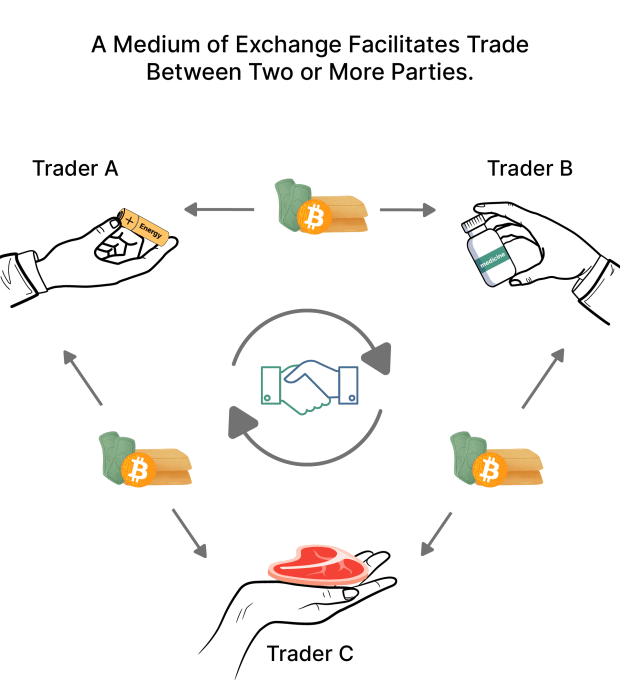
As an intermediary tool, money enables buyers and sellers to participate in the market as equal players, leading to fair trade and increased production efficiency. This is because money helps producers to identify what goods or services to produce and the optimal pricing model for them. Likewise, buyers can plan their purchases based on predictable and stable pricing models.
When purchasing a product or service, buyers typically bid according to the asking price, which in turn allows producers to determine the variety and quantity of items to be produced. However, if consumers are unable to accurately value a product or service, it can lead to difficulties in budget planning, potentially resulting in a chaotic economy due to the challenges of estimating demand and supply.
Essential Elements of a Medium of Exchange
An item or system must possess certain properties that facilitate efficiency and functionality to be a suitable medium of exchange. It’s not necessary for an item to be backed by a commodity or any other asset to become money. Instead, it must evolve to become the most salable good following an evolutionary process that starts with being recognized as a store of value before being a medium of exchange and eventually becoming a unit of account.

The three dimensions of the most salable goods are across time, space and through scales.
To possess the function of a medium of exchange, a salable good should be easily transported and accepted over long distances, and be used in indirect exchange for trade rather than for direct consumption.
Such a function can be achieved through two key properties: wide acceptability by the public and portability, which makes it easy to move over large distances.
What Makes a Good Medium of Exchange
The aforementioned properties make any item or system a good medium of exchange. Also, a good medium of exchange should hold value over time and be censorship resistant other than serving its purpose as an intermediary for exchanging goods or services between two parties.
In the case of currencies serving the purpose of money, they are only as good as the governments that issue them. Political instability, rampant inflation and government malfunction inevitably affect the value and stability of a nation’s currency.
Digital Evolution
The digital era has brought new opportunities to develop an innovative monetary system based on protected cryptography and distributed networks that ensure decentralization. Bitcoin is the first cryptocurrency that can be regarded as a good medium of exchange, possessing all the essential criteria that make trade transactions easy, fast and secure. It’s already proved to be a good store of value and, since it owns the properties necessary to be a good medium of exchange, it also has the potential to become a unit of account.
One key advantage of bitcoin as a medium of exchange is its ability to settle transactions quickly. Bitcoin transactions are confirmed and settled every 10 minutes on the blockchain, making them faster than traditional banking methods, which can take days or even weeks to complete. This speed is especially important for businesses that require fast and efficient payment processing.
Another important feature of bitcoin as a medium of exchange is the efficiency of its Layer 2 solutions, such as the Lightning Network. The Lightning Network is a second-layer solution built on top of the Bitcoin blockchain that enables instant and low-cost transactions between parties. With the Lightning Network, market participants can conduct microtransactions without having to wait for confirmations on the blockchain, making it a highly efficient solution for small transactions.
It also provides extra properties like censorship resistance to better protect the people who live under authoritarian governments, and absolute scarcity, since its total supply moves closer to the maximum 21-million amount with every new block mined. Bitcoin’s revolutionary system may disrupt the status quo and its limitations, but it’s still in the infancy stage and like anything so innovative, it will take time to catch on.
The Bottom Line
Society has evolved throughout the centuries, as have its monetary systems, which have adapted to its expanding size and economy. Despite the complexity of global commerce being made more efficient by the internet, many challenges, like online security and privacy, still need to be overcome. While these challenges are unique to the modern era, evolution is inherently part of the nature of trade.
The methods and means of trade are in a perpetual state of change and development, keeping up with technological advancements and the evolving needs of society. Despite these changes, the properties that underpin trade remain constant. As the trading landscape transforms, the fundamental properties of wide acceptability, portability, value preservation and, more recently, censorship resistance are required for a tool to function well as a medium of exchange, and they have remained unchanged over time.
Therefore, as trade continues to evolve, the importance of these underlying properties will continue to be crucial in determining the success and stability of any economy. The good that best satisfies these properties should emerge as the dominant medium of exchange, but this evolution can take time.

You can get bonuses upto $100 FREE BONUS when you:
💰 Install these recommended apps:
💲 SocialGood - 100% Crypto Back on Everyday Shopping
💲 xPortal - The DeFi For The Next Billion
💲 CryptoTab Browser - Lightweight, fast, and ready to mine!
💰 Register on these recommended exchanges:
🟡 Binance🟡 Bitfinex🟡 Bitmart🟡 Bittrex🟡 Bitget
🟡 CoinEx🟡 Crypto.com🟡 Gate.io🟡 Huobi🟡 Kucoin.
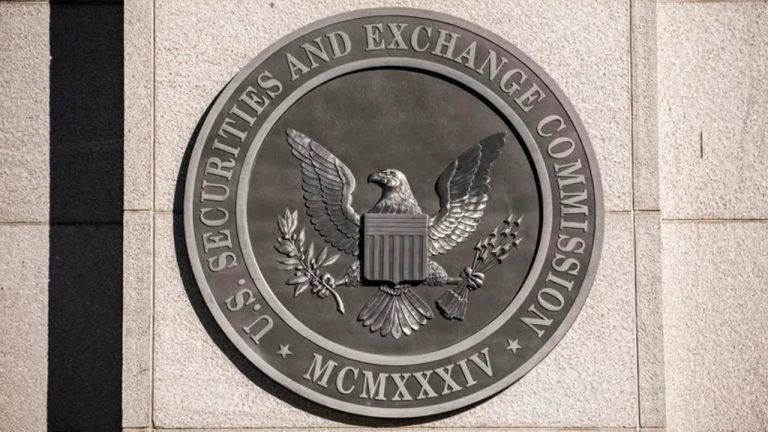
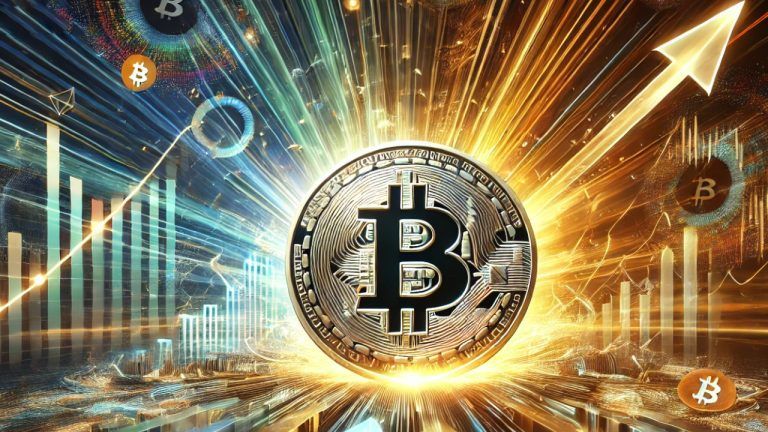
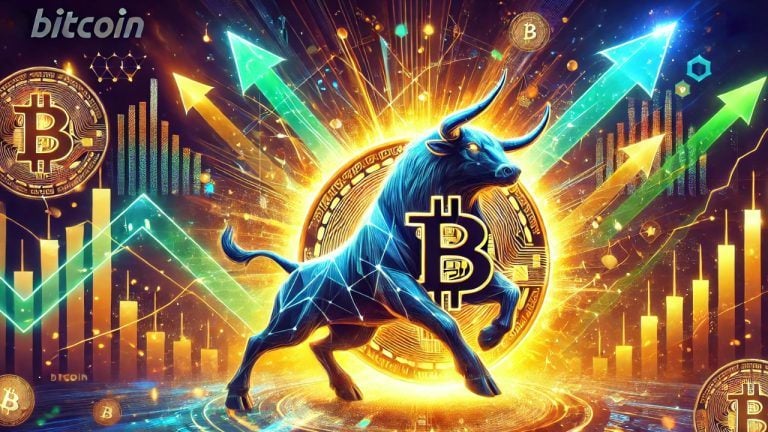



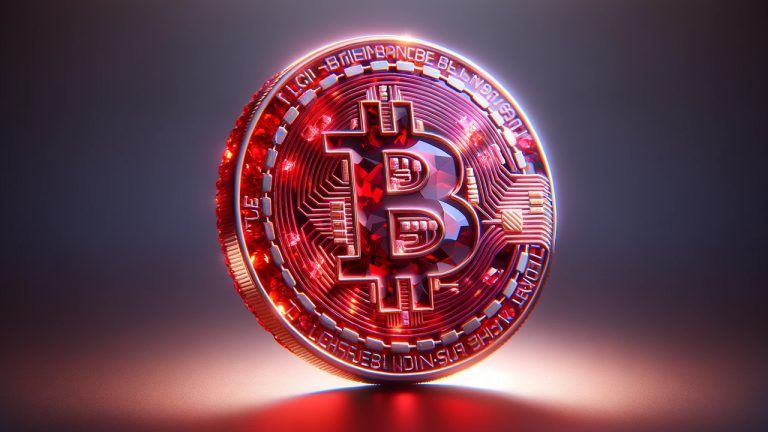
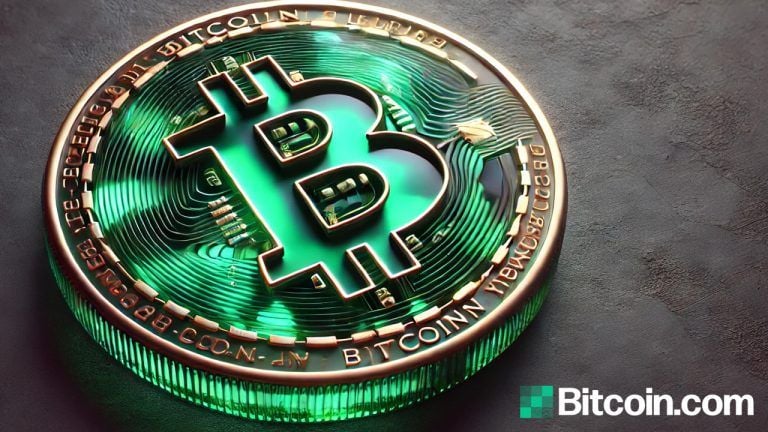
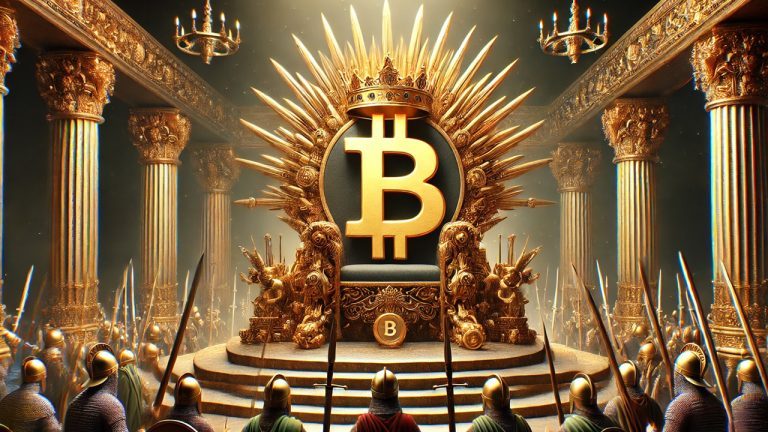
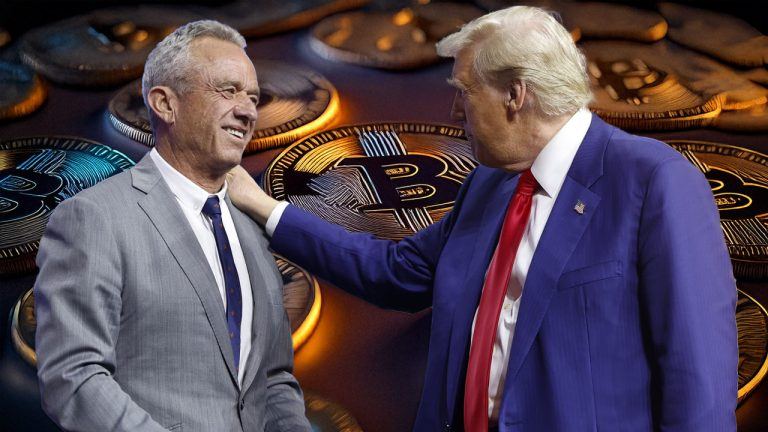


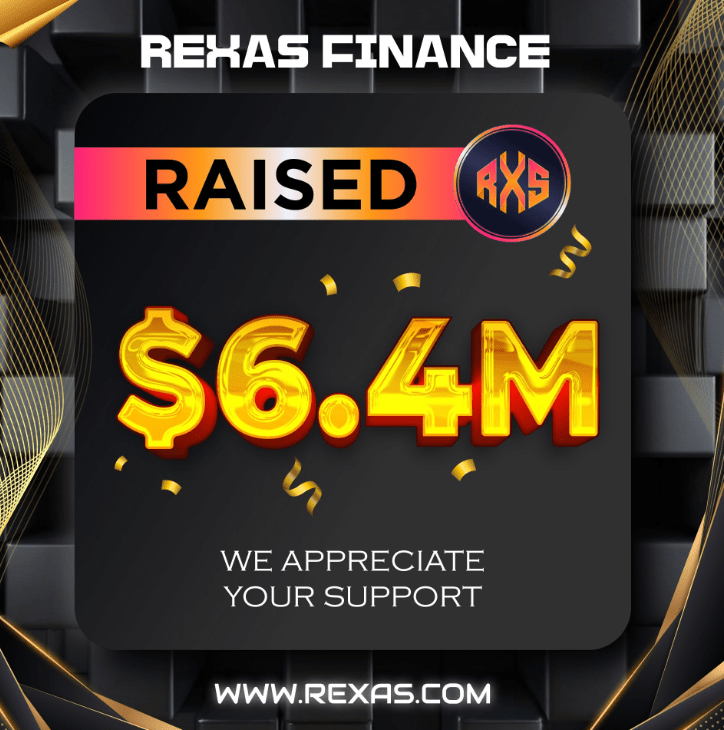

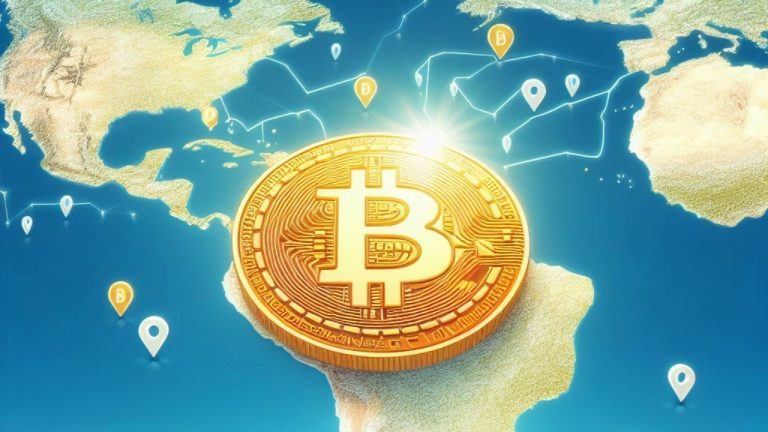

Comments